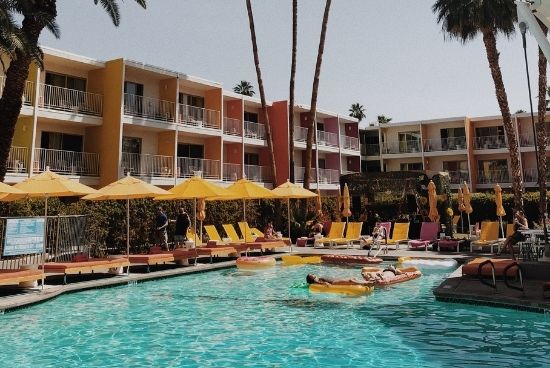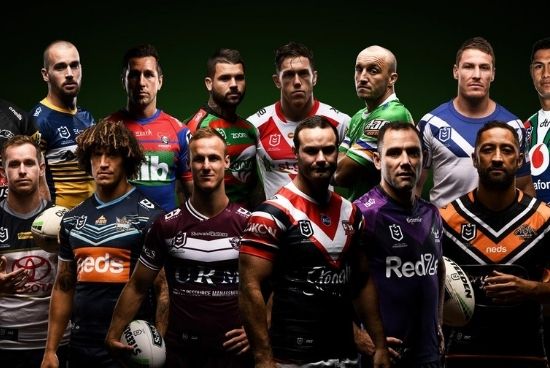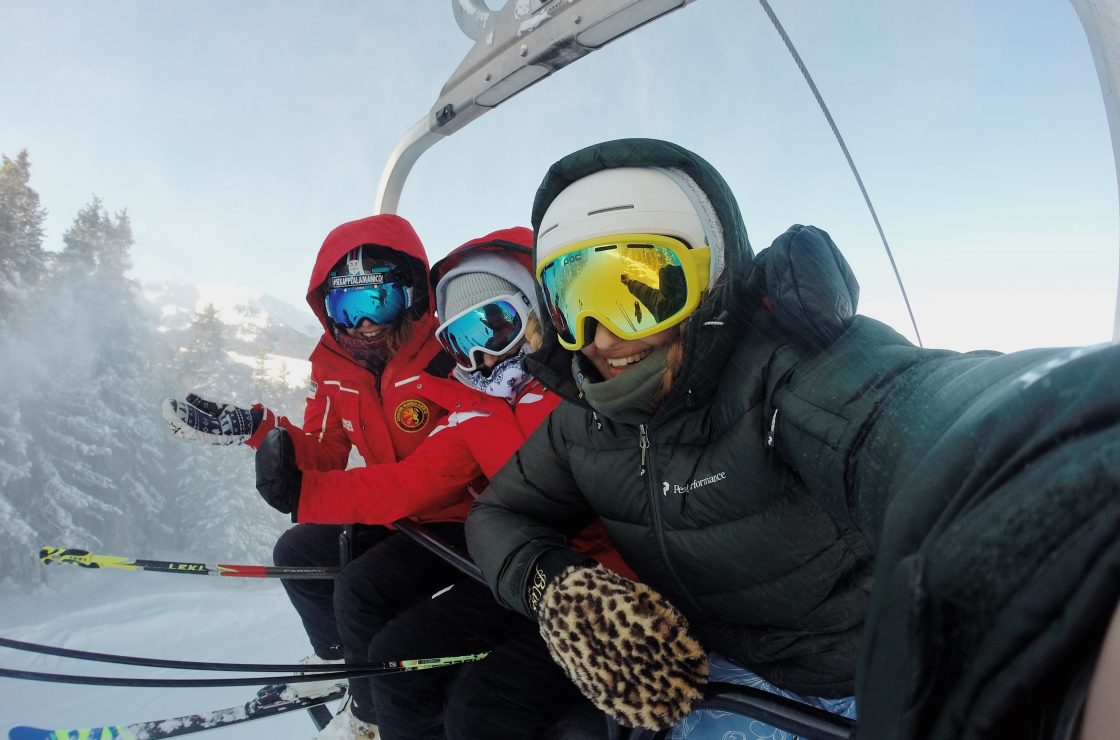09/03/2021
Social Media Team
NRL State of Origin 2021: MCG In the mix
read more +
After a year of hard work and dedication it’s time to celebrate with your team mates with a team trip getaway. Here at Team Trips we know how to put on a show. Our ultimate crew will help you plan an epic trip away with your NRL team mates which will be an experience like no other. We can create packages tailored to your needs, so get looking now.
Where To Stay
Accommodation is an essential part of any trip. Here at Team Trips we’ll hook you up with the best accommodation so you have a comfy bed to sleep in a night. Whether you’re looking for some budget friendly options, or something a little more on the luxurious side, Team Trips has all the connections to make your NRL team getaway a blast.

What To See
Finding flights for a whole NRL team can be tricky. We can take the stress out of your hands and do all the planning for you so you can focus on going away, rather than planning the trip. The team at Wicked Team Trips will ensure your NRL team travels together and stays together. We can also organise travel arrangements to get you and the team to and from the airport.

What To See
Ladies, it’s time to kick off your footy boots and let your hair down to celebrate the end of a tough season. Whether you fancy a jam-packed weekend or would rather lay around the pool sipping cocktails, we can organise it all for you. You’ll have loads of fun doing activities with your teammates that will bring you all closer together. Take a look at our girls NRL team packages below.

What To See
Boys, it’s time to sit back and relax with a few cold beers and celebrate the end of another season. Here at Wicked Team Trips we can take care of all the party planning for your getaway with the boys, all you have to do is turn up. We have a number of packages available to suit all budgets and group sizes, so get in touch now!












Rugby league games start with a kick-off as one team kicks the ball into the opposition half and then attempts to gain possession. The team that has possession of the ball attempts to move the ball up the field by passing and kicking it, and score a try in the opposing team’s goal.
Teams are filled with 13 players on each side, and are allowed four reserves on the bench. There are rules concerning how the ball must be passed and for how long teams are able to keep possession of the ball before it passes to their opponents. The field is a rectangular shape with a set of H-shaped posts at each end on the goal/try line. A match is 80 minutes long and consists of two 40 minute halves. Each team changes sides after half-time.
Rugby league started in 1895 as the ‘Northern Union’ after clubs in North England broke away from the RFU. Club players wanted compensation for working class players for time away from work for rugby tours and injuries but the RFU refused, saying ‘if men couldn’t afford to play, then they shouldn’t play at all’. Meanwhile in Australia and New Zealand the same thing was occurring with the New South Wales Rugby Union with players and supporters disheartened at the attitude of the rugby union officials. Rugbys popularity and success continued to grow but the increase for discontent was becoming obvious with people asking ‘where was all the money going, and why couldn’t some of it compensate the players for time off work or injuries?’ This then started a rebellion for breaking away and starting a new set of ethics for paying players and adapting new rules which were played by the Northern Union of England.
There were three main important figures who helped make the sport what it is today.
With the support and influence of these three figures the sport continued to rise in popularity and attracted the attention of NSW Rugby Union player Herbert Henry ‘Dally’ Messenger
With Messenger in their ranks in 1908, the NSWRL and QRL began to build club competitions that were able to provide injury benefits and financial rewards for working-class footballers.
At the end of the 1908 season both the first Kangaroos (League) and Wallabies (Union) toured Great Britain. The Wallabies were accused of being professionals by many in Britain. This attitude caught the attention of the IRB, who then announced the already poor allowances to rugby union players were to be further reduced. As a result, shortly after their return to Australia in 1909, more than half the Wallabies accepted contract offers to join rugby league.
The following season aw a visit to NSW, Queensland and New Zealand by the first ever ‘British Lions’ rugby league team. Attracting huge crowds wherever they played, the League authorities were able to build a firm financial base and becoming the preferred football code in Sydney, Brisbane and Newcastle, and establishing a hold in Auckland and Wellington (New Zealand).
Where as rugby union were failing to attract crowds and gate-money, it became a way of survival. While the effects of WW1 on rugby union further exacerbated their position, the ‘rugby war’ was over at the end of 1910.
From 1910 onwards rugby league became a cemented premier winter sport for NSW and Queensland, and maintained a strong following in New Zealand. Fast forward to 1950 which was both a triumphant and devastating year for Rugby League, with Australia winning The Ashes after 30 years of matches and the death of Rugby League founder, Giltinan.
For the first time in Australia’s League history, the nation hosted the Rugby League World Cup in 1957, drawing in larger crowds that ever seen before. Home and away games were then introduced in the early 70’s and interstate matches introduced in 1980 as the State of Origin series. By 2009 Rugby League was announced as the most watched sport on Australian televisions. Today, the Australian National Rugby League Grand Final is not only one of Australia’s most popular sporting events but is also one of the largest attended sporting championship games in the world. Due to this, it has been regarded as the world’s elite rugby league championship.
Teams are filled with 13 players on each side, and are allowed 4 reserves on the bench.
A game is 80 minutes long, consisting of two 40 minute halves.
Boots
Mouth guards
Head guards
Protective equipment
Football

